The Celestial Sphere
$4.99 Original price was: $4.99.$4.49Current price is: $4.49.
Description
Everything on the Celestial Sphere.
Topics:
-
Cosmic objects
-
Small solar system bodies: asteroids, comets, meteoroids, meteors, meteorites
-
Celestial bodies: stars, planets, moons, dwarf planets
-
Stellar structures and phenomena: nebulae, supernova, pulsars, quasars, star clusters, galaxies, black holes,
Learning Objectives:
-
Historical significance of celestial sphere
-
Celestial sphere components: horizon, celestial pole, celestial south, celestial equator, meridian, zenith, altitude, azimuth
-
Retrograde motion
-
Modern implications of the celestial sphere
-
Celestial navigation
-
Seasonal changes in the celestial sphere
-
The movement of the sun during the day in the celestial sphere
-
The change in position and location of the sun during the year
Key Features:
-
Identify key concepts related to the celestial sphere, including zenith, horizon, meridian, altitude, azimuth, etc..
-
Explain the significance of the celestial sphere in historical and modern astronomy.
-
Discuss the phenomenon of retrograde motion and its implications in the heliocentric model.
-
Analyze the motion of the sun in the celestial sphere during the day and during the year.
This versatile resource is perfect for both classroom instruction and home learning!
The slides are intended for personal use in your own classroom and cannot be used commercially, even if modified. They may not be freely shared or distributed on the internet.
The slides are aligned with the learning objectives of the Grade 10 in the new British Columbia BC curriculum. To access a comprehensive collection of learning objectives, please browse the supplementary slides offered in this store.
Additional information
| Grade Level | Grade 6 |
|---|---|
| Language | English |
Reviews (0)
Only logged in customers who have purchased this product may leave a review.
Related products
-10%
Forces & Motion
-10%
Forces & Motion
-10%
Diversity & Survival
-10%
Diversity & Survival
-10%
Forces & Motion
-10%
Forces & Motion
-10%
Forces & Motion
-10%
Electricity & Magnetism

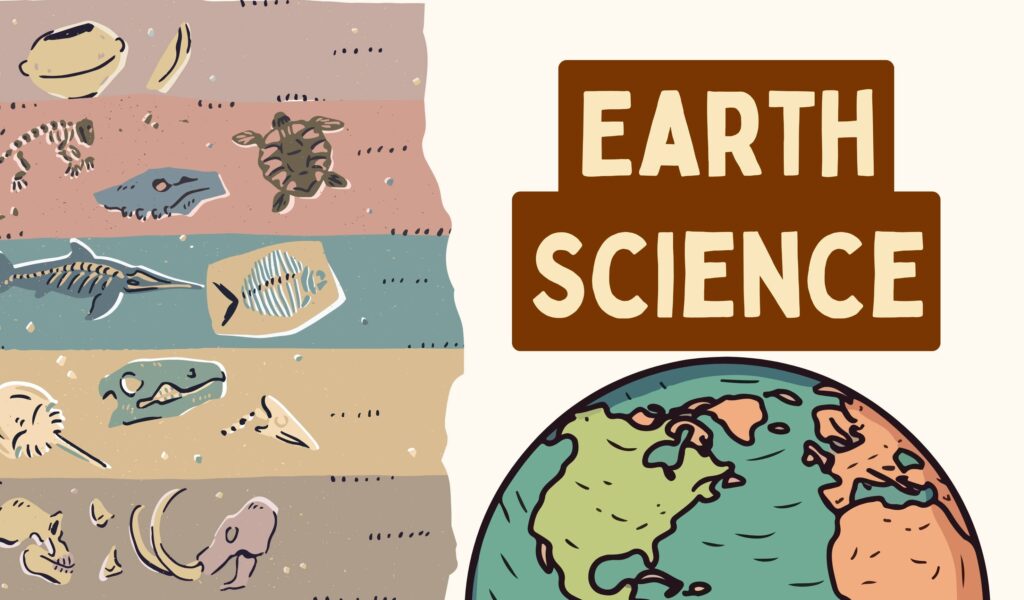

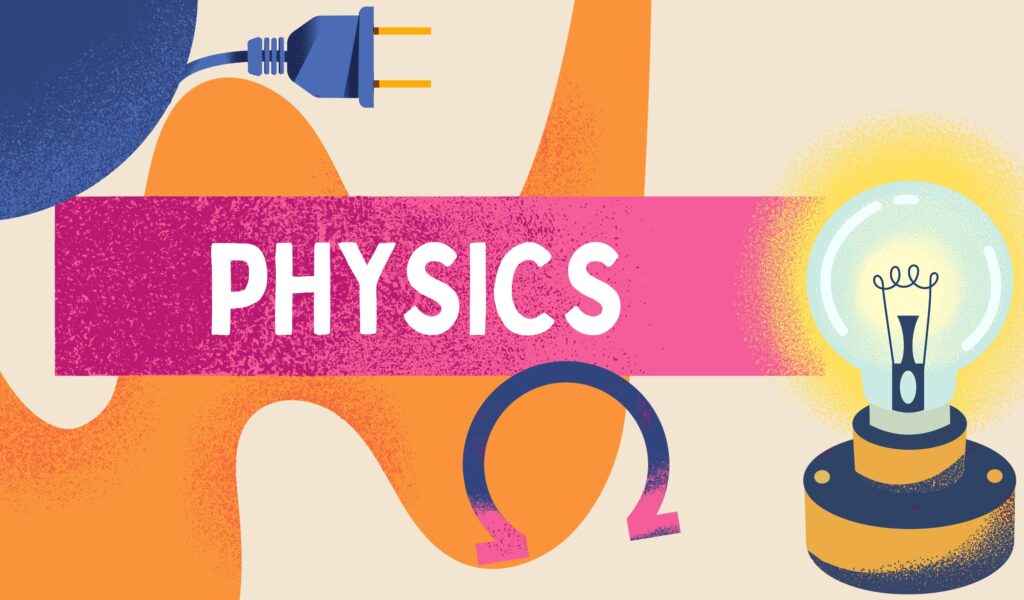







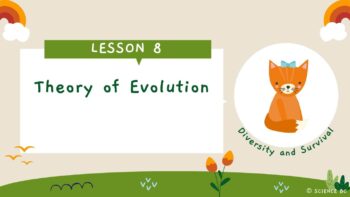

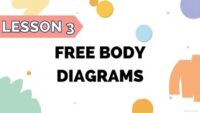

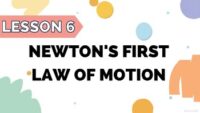
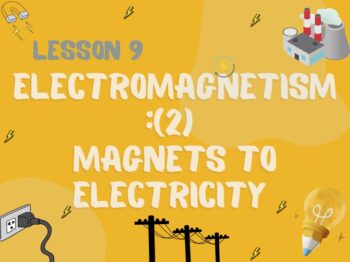

Reviews
There are no reviews yet.